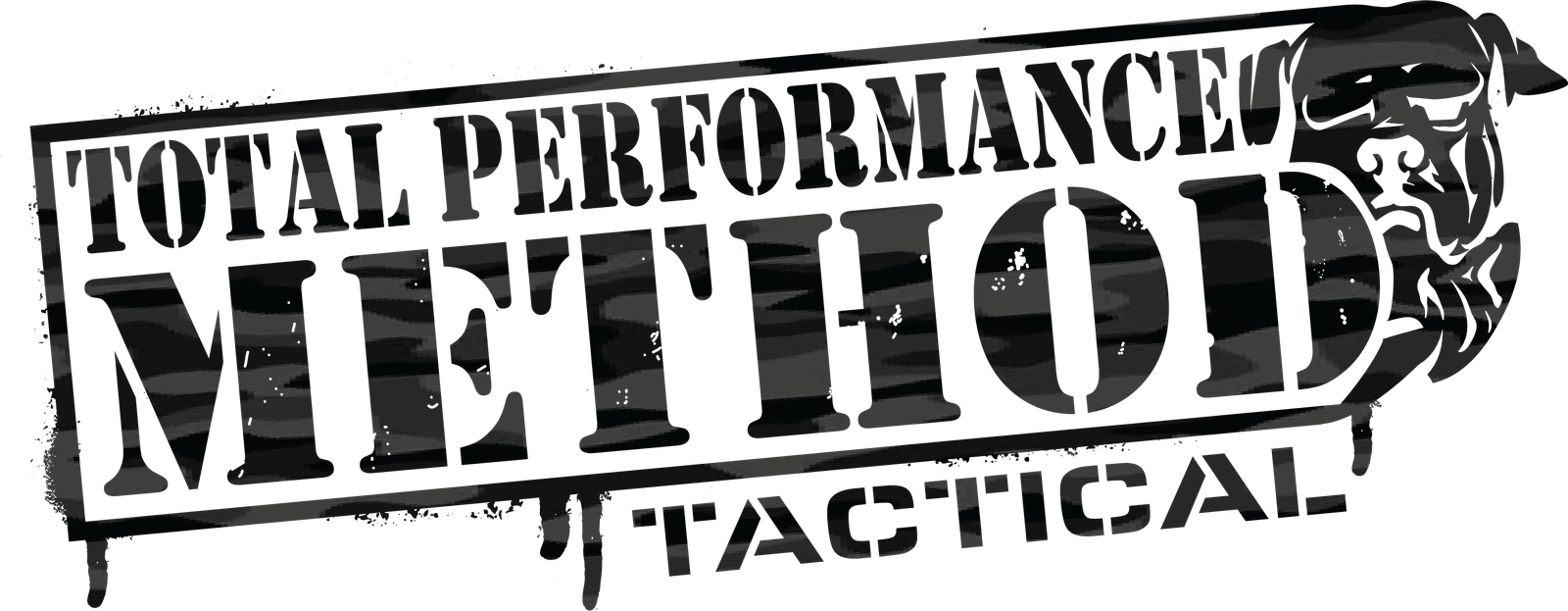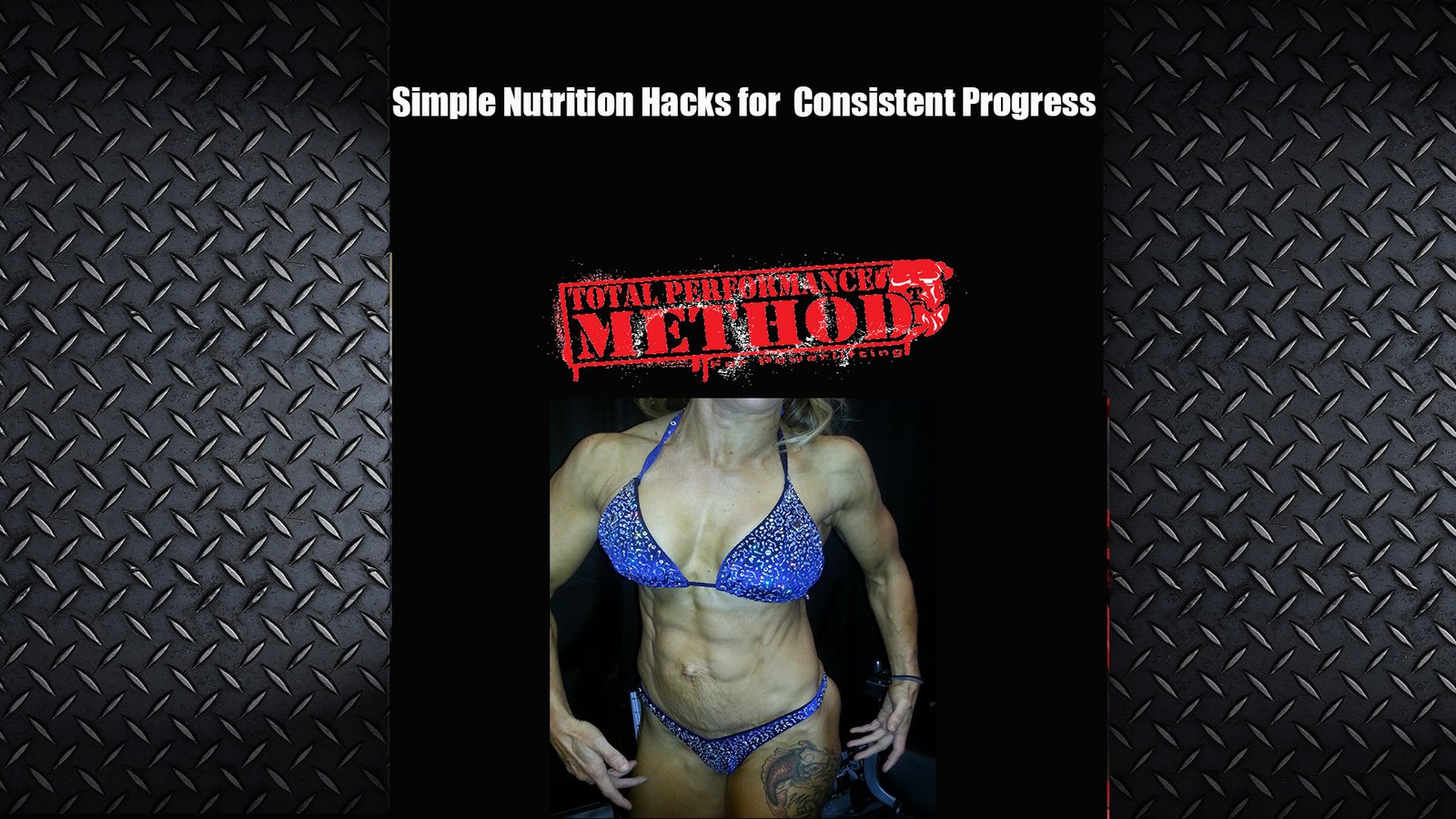As you should know by now, to make optimal progress in your fitness plan, nutrition is a key component. When it comes to losing the most body fat and gaining the most muscle, one nutrient stands out as being the cornerstone of your nutrition plan: protein.
Protein is essential to making gains for a few reasons and they are very scientific. I won’t bore you with all of the scientific terms, I’ll explain it simply for those of you who are new to this. For those who aren’t new to this bear with me.
Eat Protein at Every Meal
It is essential that you eat every three to four hours to keep your blood sugar levels stable. The best way to do this is to consume protein at every meal. Protein is the most difficult nutrient to convert into body fat and it has a stabilizing effect on blood-sugar levels. When deciding how much protein to consume, simply determine how much protein your body needs for the day and divide it evenly by the number of meals.
A great rule-of-thumb to determine protein requirements is to use your lean body mass as a guide. Around .8 to 1.0 gram of protein per pound of lean body mass is ideal for most people to burn fat and gain muscle. With this in mind, if you have 150 pounds of lean body mass and you are going to go with 1 gram of protein per pound, you need 150 grams of protein per day. If you are going to eat six meals a day (which is suggested strongly) you will need to consume around 25 grams of protein at each meal.
Protein Sources
So what are the good sources of protein? I have talked about this before, and I’ll review it again because it is pretty important. Here they are in no particular order:
- Lean meats (chicken, beef with all of the fat cut off, fish, turkey, very lean white-meat pork)
- Fish (all types)
- Eggs and egg whites
- Low-fat or non-fat dairy (cottage cheese, skim milk, low-fat cheese)
- Protein supplements
When considering meats and fish, all meat and fish has roughly 7 grams of protein per ounce. Some have more and some have less. Since you aren’t training for the Mr. Olympia contest it isn’t a big deal to use 7 grams per ounce for any meat and fish.
An egg white has around 4 grams of protein. A whole egg has around 7 grams of protein.
A cup of low-fat cottage cheese has about 29 grams of protein, and 8 ounces of skim milk has about 12 grams of protein.
A standard serving of whey protein has about 25 grams of protein. Make sure that you check the label, as different brands have different amounts. As long as it is around 25 grams per serving, you are in the ballpark.
Examples of Protein Sources in Meal Plans
So, how do I apply this you ask? Simple. Using the example listed above, you need around 25 grams of protein at each meal. You servings could look like this for the day:
- Meal 1: 4 egg whites and 1 whole egg
- Meal 2: 1 serving Whey Protein
- Meal 3: 3.5 ounce of meat
- Meal 4: 3.5 ounces meat
- Meal 5: 1 serving Whey Protein
- Meal 6: 3.5 ounce meat
There you have a simple template to follow. If your lean body mass is different than the example listed, just adjust it accordingly.
Good luck,
CJ Murphy MFS, C-ISSN







Leave A Comment